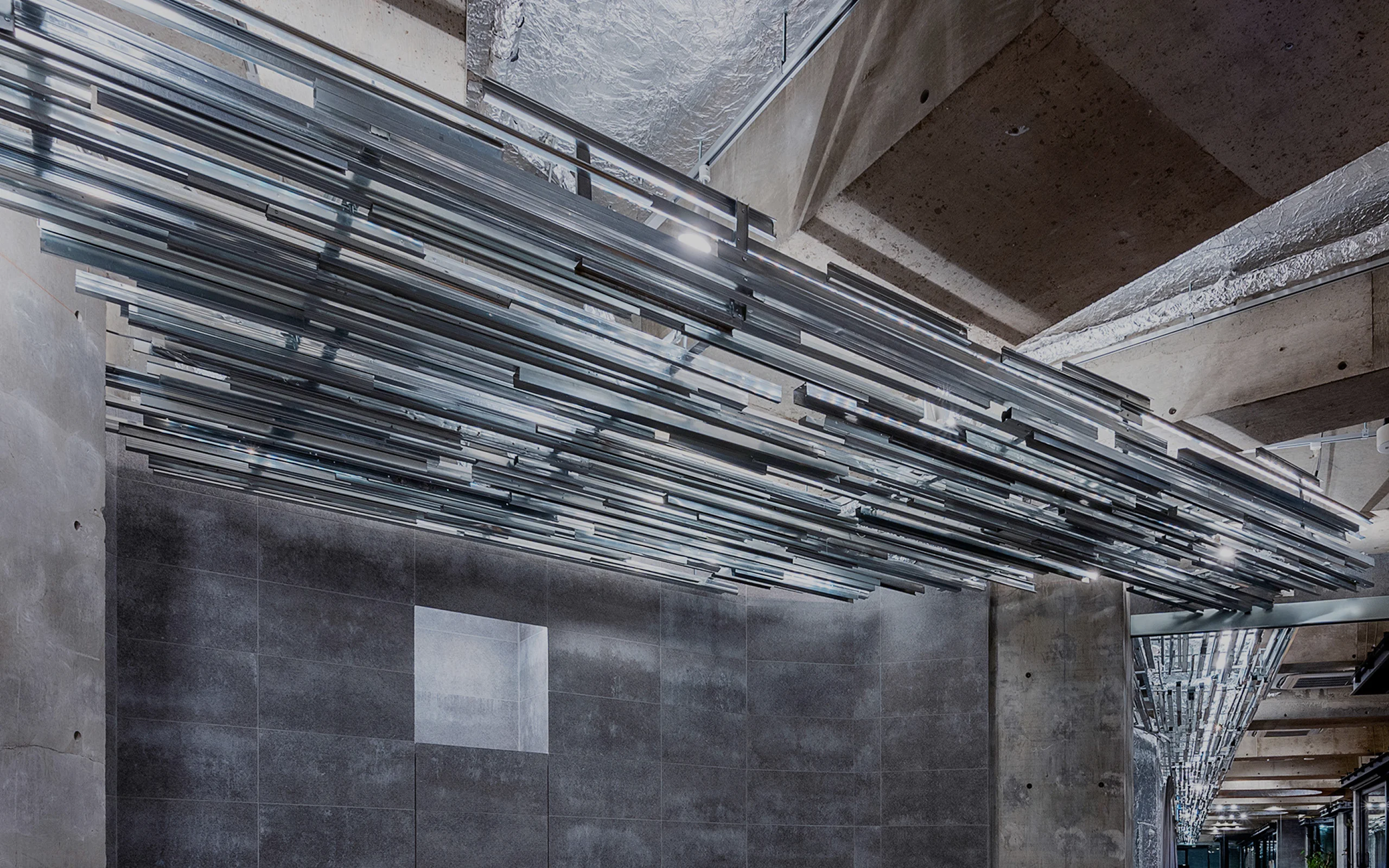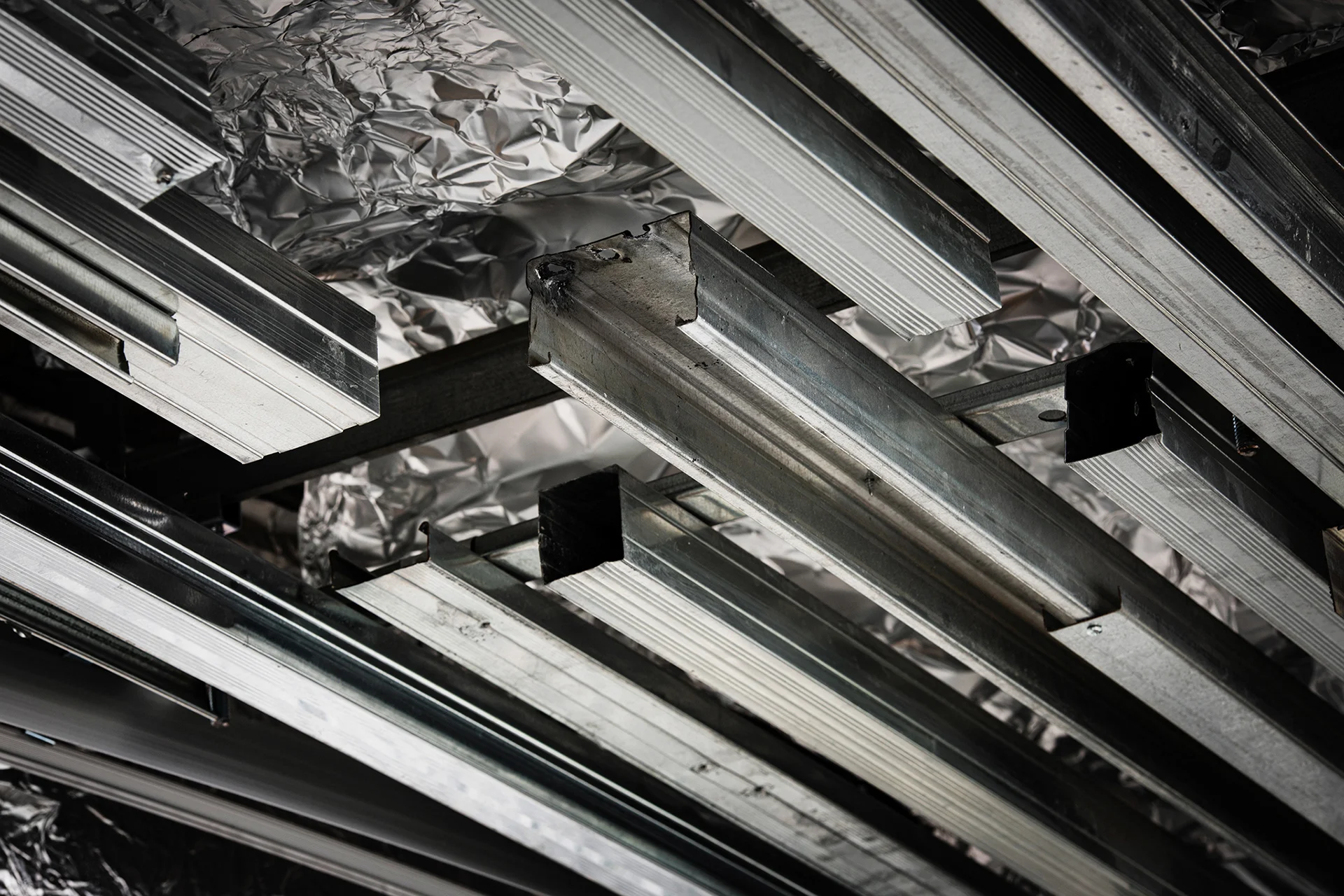
PROJECT
Regene Office
Won Hong Kong GLOBAL DESIGN AWARD Grand Prix in spatial design for office using construction waste materials.

WHY
Construction sites generate enormous amounts of waste.
Renovation of existing buildings is a sustainable way to create new office and residential spaces as it is associated with a significantly smaller environmental impact than the construction of new buildings. However, a large amount of construction waste is generated during the demolition process of any renovation.
Construction waste currently accounts for around 20% of all industrial waste in Japan. Waste like this often harms the ecosystem, and even if this waste were to be recycled, an enormous amount of energy is required to transport it and convert it into usable resources. What can we do to reduce this large amount of construction waste and its environmental impact that often lurk behind our living spaces?
39% of the world’s annual CO2 emissions are due to the construction industry

Industrial wastes by industry (2019)

HOW
An office where waste was converted into building materials on the spot.

Before NOSIGNER’s new office space was handed over, we visited the demolition site of our existing office and caught sight of light-gauge steel frames weighing around two tons that had been installed to hold the plasterboard walls in place among the debris.
We were struck by the possibility of repurposing these materials for our interior design and requested the demolition contractor to leave the waste there. If we could renovate the office in a sustainable way through the on-site upcycling of construction waste, we would be able to achieve the least environmentally harmful form of waste disposal.

In view of this, we decided to take on the challenge of designing an office out of construction waste left over from the demolition.
We successfully designed highly unique ceiling louvers by cutting the residual light-gauge steel frames and arranging the segments in a random manner. In addition to housing lighting equipment, these louvers also serve to conceal the extensive wiring and ducts that cannot be shifted elsewhere.
By making the most of construction waste such as light-gauge steel frames, as well as utilizing recycled industrial aluminum foil and SOLIDO tiles created by firing mixtures of waste materials, we were ultimately able to set up an office space rarely seen elsewhere that derives most of the construction materials used for its interior design from waste.





WILL
Creating a future where waste can be conceived as a new kind of resource.
Today, a large quantity of light-gauge steel frames generated at demolition sites is still being disposed of. By repurposing these steel frames as materials for the interior design of our office, we have demonstrated that upcycling construction waste can be an effective design approach to mitigate the impact of construction work on the environment around the world.
At the newly completed office of NOSIGNER, we have also launched the joint venture ZENLOOP, a consulting firm specializing in the transition to a circular economy, together with members of the Keio University Graduate School of Media Design with whom we have collaborated on projects in the past. We hope to use our new office as a base to achieve our goal of creating a recycling-oriented society through a two-pronged approach of design and consulting, as well as to promote the transformation of various industries.
We believe that envisioning waste as a resource and imbuing it with a new form of value is a creative activity in itself and a goal that all designs should strive for. Many challenges remain before we can raise the appeal of making the most of waste to the point where it is recognized as part of an attractive lifestyle. We are committed to doing everything we can to ensure that we are always moving closer to achieving our ultimate goal of creating a sustainable future.

INFORMATION
- What
- Regene Office
- When
- 2021
- Where
- Yokohama, Japan
- Scope
- Space / Interior / Concept Development
- SDGs
CREDIT
- Art Direction
- NOSIGNER (Eisuke Tachikawa)
- Space Design
- NOSIGNER (Eisuke Tachikawa, Niyen Lee), SOLID DESIGN STUDIO (Kazuo Mikajiri)
- Artwork
- NOSIGNER (Eisuke Tachikawa), nitehi works (Minoru Inayoshi, Yuya Obata)
- Management
- NOSIGNER (Niyen Lee)
- Construction
- ARBIC japan
- Lighting Plan
- TAKEDEN
- Photograph
- NOSIGNER (Yuichi Hisatsugu), nitehi works

